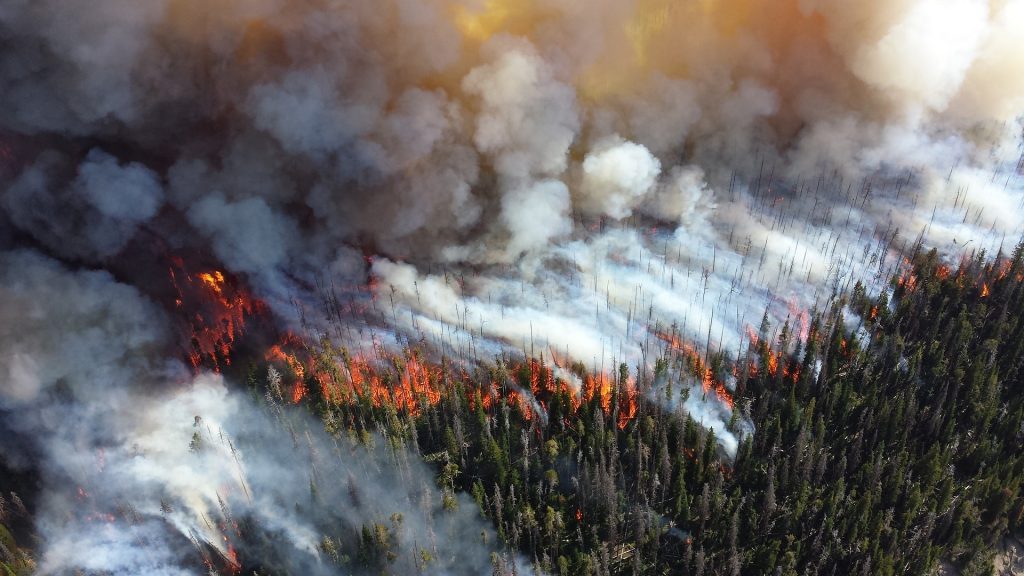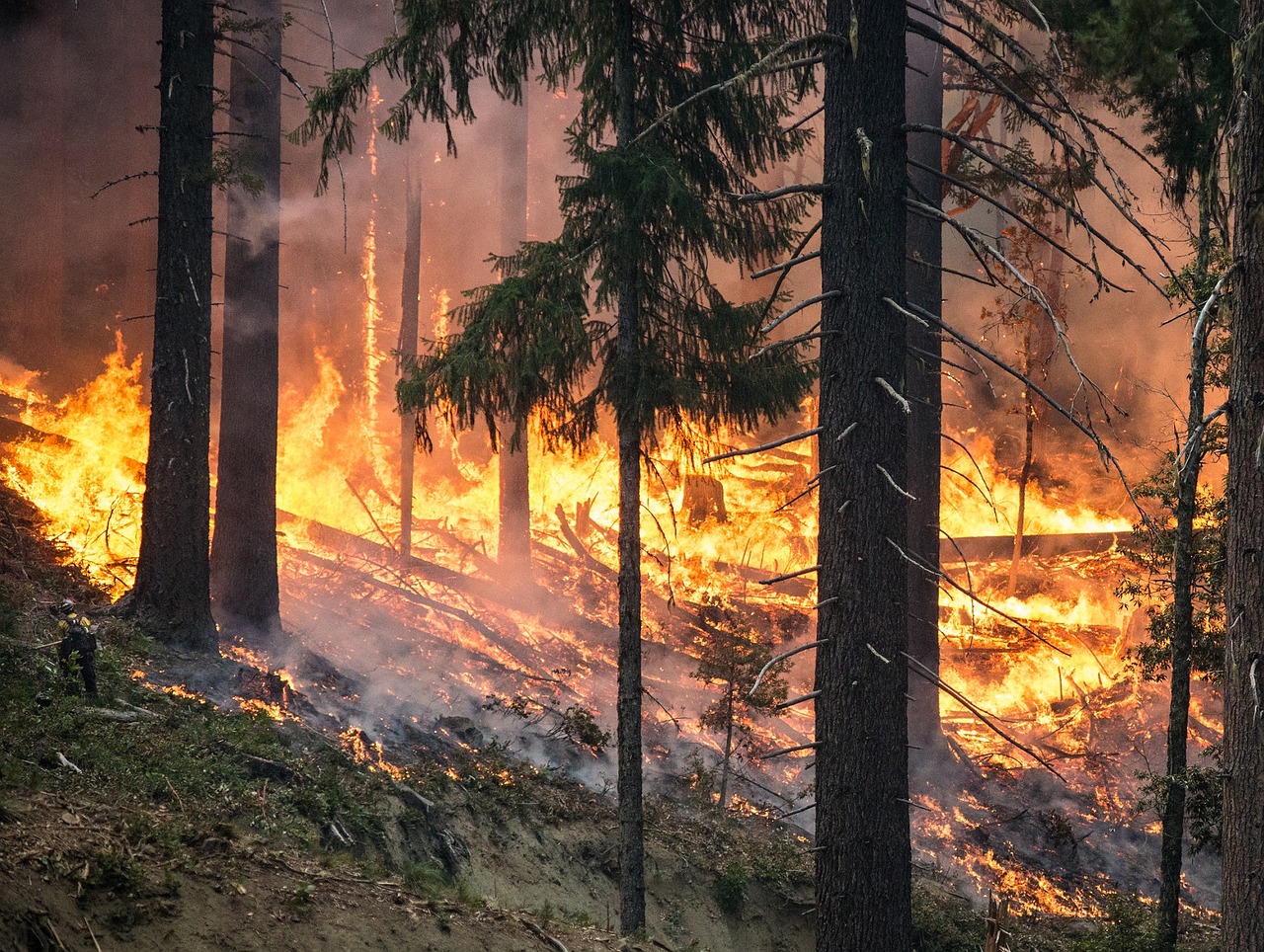 Wildfires and global warming
Wildfires and global warming
California’s wildfires are a very visible sign of global warming. Global
warming isn’t the sole cause of these wildfires but is a major contributor. It’s
another signal from nature that global warming is real and has serious
consequences.
Wildfire Origins
There are multiple causes, such as extreme weather events, poor forest management practices, development encroaching upon forested areas, utility company equipment failures, and other causes. However, there is no denying that global warming is a significant factor and is only getting worse. 2020 started as one of the driest winters on record, followed by an abnormally hot spring.
Wildfire effects
In 2020, an estimated 9,600 fires burned about 4.2 million acres, killed 31 people, and emitted 112 million tons of carbon dioxide. These carbon dioxide emissions were equivalent to the emissions from 24 million passenger cars driven for a year.
These fires polluted the air as well. Parts of the Bay Area had the worst air quality in the world in August.
The 10 largest wildfires in California all occurred since 2000 since records were first started in 1932.
According to the Environmental Protection Agency (EPA), California is 3.0 degrees Fahrenheit hotter and dryer due to climate change. As a result, each year there are abundant tinder-dry forests, brush, and grasslands ready to burn. California’s Fourth Climate Change Assessment concluded that climate change will make forests more susceptible to extreme wildfires.
Other wildfire areas
Wildfires aren’t limited to California. Australia had its worst fire season during which an area the size of South Korea, 25.5 million acres, burned. At the height of the fire season, December 2020, Australia had its hottest day on record with a national average temperature of 107.4 degrees Fahrenheit.
In 2020, the Arctic had its worst fire season on record for the second year in a row. Carbon dioxide emissions were estimated to be 244 million tons during the first half of the year, an increase of about 35 percent over the previous year. Arctic temperatures are increasing about two times faster than the global average raising the region’s fire potential.
In Brazil, the world’s largest rainforest is on fire. Local farmers and others are clearing the rainforest to create more land for cattle grazing and farming. The easiest way to dispose of the dead trees is to burn them in place. This land clearing risks destroying enough of the forest so that it no longer generates enough rainfall to sustain it as a rainforest. This would start a slow but irreversible process of converting the rainforest into a tropical savanna, and sharply reduce the areas ability to remove CO 2 from the atmosphere.
What can we do?
There is no way to reverse the effects of global warming. That would require removing greenhouse gases from the atmosphere. We can only slow down or stop additional global warming by reducing or eliminating man-made greenhouse gas emissions.


 Wildfires and global warming
Wildfires and global warming